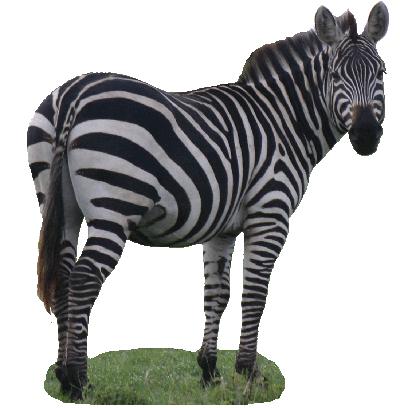Abstract
Fires are a common tool to manage savanna national parks. I investigated the effect of fire on Burchell’s zebra (Equus burchelli Gray) and wildebeest (Connochaetes taurinus Burchell) in Maasai Mara National Reserve, Kenya. In November 2004, their behaviours were recorded on areas burnt in June 2004 (early fire, E), in October 2004 (late fire, L) and in matched non-burnt areas (control, C).
36 transects were selected, 9 transects in E, 9 in L and 18 in C. Transects were 1.0 km long and truncated 150 m on both sides, hence covering 30 hectare. We cut 20 grass samples per transect to record fresh and dry matter. Burnt areas provided less biomass but of higher quality. Transects were driven once per hour 6:30 -18:30, i.e. 12 times per observation period. Observers were sitting on car seats on the roof of a slowly driving off-road car.
The results showed that generally both C. taurinus and E. burchelli preferred burnt areas. Equus burchelli preferred the areas burnt in October, whereas C. taurinus showed no preferences between the two fire treatments.
I conclude that fire favours herbivores that prefer short grass of high quality. Better sight in the burnt areas may also have been important to detect predators.
Keyword: anti-predator behaviour, behaviour ecology, feeding interactions, feeding strategy, fire, habitat selection, herbivory, mammals, savanna

Responsible for this page:
Director of undergraduate studies Biology
Last updated:
10/02/05
